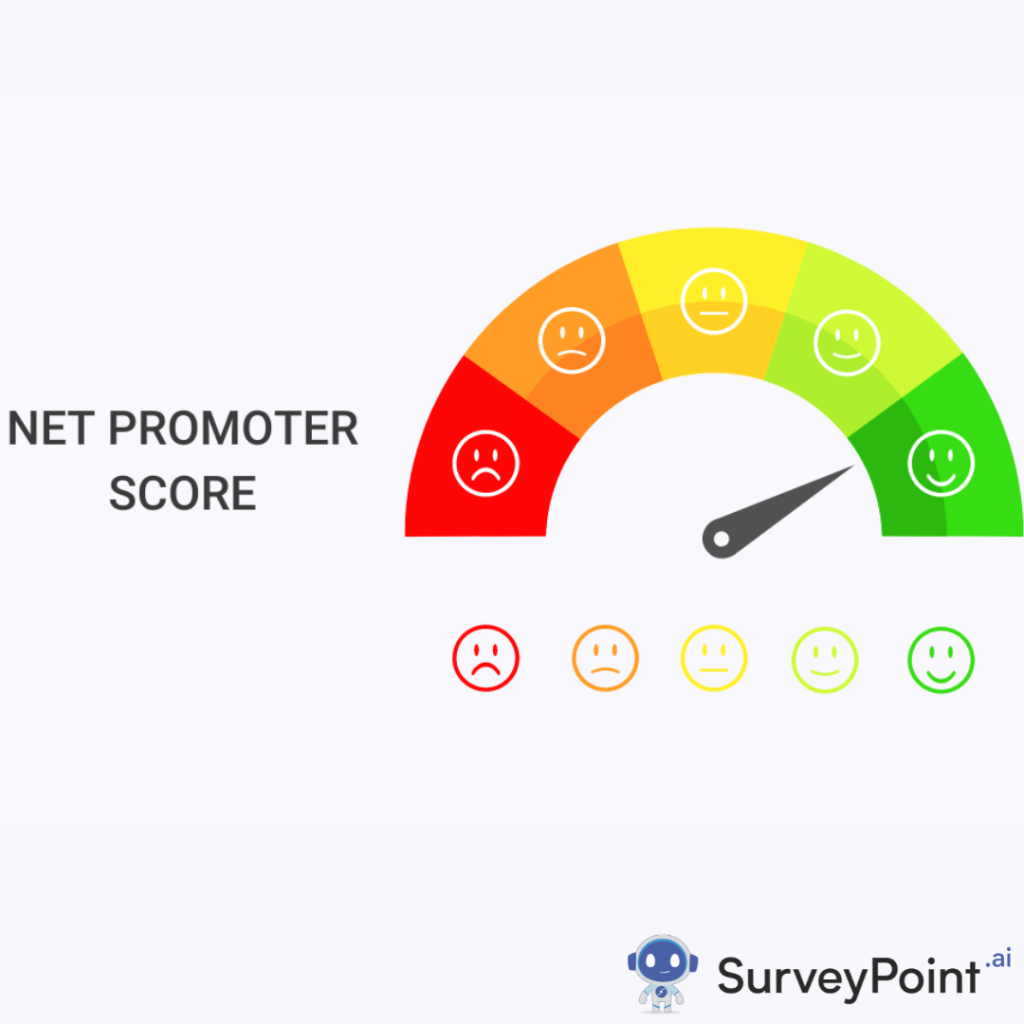
In today’s digital landscape, effective communication is crucial, and video conferencing has become an essential tool for businesses, educators, and individuals alike. With the rise of remote work and online learning, platforms like Google Meet and Zoom have emerged as leading choices for virtual meetings. This blog will delve into the features, usability, pricing, and overall effectiveness of these two platforms to help you decide which is better for your needs in 2024.
What is Google Meet?
Google Meet is a video conferencing service developed by Google, designed to facilitate secure and reliable video meetings. Originally launched as Hangouts Meet in 2017, it was rebranded as Google Meet in 2020. It is integrated within the Google Workspace ecosystem, which includes applications like Google Calendar, Google Docs, and Google Drive, making it an ideal choice for teams already using these tools.
Key Features of Google Meet:
- Integration with Google Workspace: Seamless integration with Google Calendar and other Google applications for easy scheduling and collaboration.
- Security: Built-in security features, including encryption and two-factor authentication, to protect user data.
- Real-Time Collaboration: Users can share their screens and collaborate on Google Docs and Slides during meetings.
- Accessibility: Available on web browsers, Android, and iOS devices, allowing users to join meetings from virtually anywhere.
What is Zoom?
Zoom is a comprehensive video conferencing platform that gained significant popularity during the COVID-19 pandemic. Founded in 2011, it offers a suite of tools designed for virtual meetings, webinars, and online collaboration. Zoom is particularly well-regarded for its robust feature set, making it suitable for various use cases, from casual chats to large-scale webinars.
Key Features of Zoom:
- Breakout Rooms: Allows hosts to split participants into smaller groups for more focused discussions during meetings.
- Virtual Backgrounds: Users can customize their backgrounds to maintain privacy or add a creative touch to their meetings.
- Advanced Recording Options: Provides various recording options, including cloud storage and local recording capabilities.
- Wide Range of Integrations: Integrates with numerous third-party applications, enhancing its versatility for businesses and educators.
Google Meet vs. Zoom: Main Features Comparison
When comparing Google Meet and Zoom, several key features stand out. Below is a detailed analysis of their main functionalities.
1. User Interface and Experience
| Feature | Google Meet | Zoom |
|---|---|---|
| User Interface | Simple and intuitive | Feature-rich but can be overwhelming |
| Ease of Use | Easy for Google Workspace users | Requires familiarization for full features |
| Accessibility | Web-based, mobile apps | Desktop, mobile, and web apps |
Analysis: Google Meet offers a streamlined experience that is particularly user-friendly for those familiar with Google applications. In contrast, Zoom’s interface, while powerful, can be daunting due to the sheer number of features available.
2. Meeting Features
| Feature | Google Meet | Zoom |
|---|---|---|
| Maximum Participants | 100 (free), 500 (paid) | 100 (free), up to 10,000 (paid) |
| Meeting Duration | 60 minutes (free), unlimited (paid) | 40 minutes (free), unlimited (paid) |
| Breakout Rooms | No | Yes |
| Polling | No | Yes |
| Meeting Recording | Yes (paid plans) | Yes (paid plans) |
Analysis: Zoom excels in features, particularly with its breakout rooms and polling capabilities, making it ideal for interactive sessions, while Google Meet offers basic meeting functionality suitable for straightforward discussions.
3. Collaboration Tools
| Feature | Google Meet | Zoom |
|---|---|---|
| Screen Sharing | Yes | Yes |
| Real-Time Collaboration | Yes (with Google Docs) | Yes (with various apps) |
| Whiteboarding | No | Yes |
| Annotations | No | Yes |
Analysis: Both platforms allow screen sharing, but Zoom takes the lead with advanced collaboration tools, including white boarding and annotation features that enhance interactive sessions.
4. Security Features
| Feature | Google Meet | Zoom |
|---|---|---|
| End-to-End Encryption | Yes | Yes (optional) |
| Two-Factor Authentication | Yes | Yes |
| Meeting Controls | Yes (mute, remove participants) | Yes (advanced controls) |
| Security Audits | Regularly conducted | Regularly conducted |
Analysis: Both platforms prioritize security, but Google Meet’s integration within the Google ecosystem offers a level of inherent security, while Zoom has made significant improvements in response to past criticisms.
5. Integrations
| Feature | Google Meet | Zoom |
|---|---|---|
| Google Workspace | Seamless integration | Limited integration |
| Third-Party Integrations | Limited but growing | Extensive with various tools |
Analysis: While Google Meet integrates smoothly with Google Workspace, Zoom’s extensive range of third-party integrations makes it a more versatile choice for organizations using diverse tools.
6. Pricing Comparison
| Plan | Google Meet | Zoom |
|---|---|---|
| Free Version | 60 minutes, 100 participants | 40 minutes, 100 participants |
| Paid Version | Starts at $6/user/month | Starts at $149.90/year (Pro) |
Analysis: Google Meet provides a more affordable entry point for users needing basic functionality, while Zoom offers extensive features at a premium price.
Google Meet or Zoom: Which Should You Use?
Choosing between Google Meet and Zoom ultimately depends on your specific needs and use cases. Here are several considerations to help guide your decision.
1. Use Case Scenarios
For Casual Users or Small Teams:
If you are part of a small team or simply need a reliable platform for casual meetings, Google Meet is an excellent choice. Its integration with Google Workspace simplifies scheduling and collaboration, making it ideal for quick check-ins or team huddles.
For Educational Institutions:
Zoom is often preferred in educational settings due to its advanced features like breakout rooms, which facilitate group work and interactive sessions. The platform’s robust feature set allows educators to create engaging online classrooms effectively.
For Large Organizations:
If you are part of a large organization that requires extensive meeting capabilities and integrations, Zoom is the better option. Its ability to host larger meetings, advanced features, and wide range of integrations cater to the complex needs of larger enterprises.
2. Feature Requirements
- If you need basic video conferencing with essential features and ease of use, Google Meet will serve you well.
- If you require advanced functionalities such as breakout rooms, polls, and extensive integrations, Zoom stands out as the superior choice.
3. Budget Considerations
For users or organizations on a tight budget, Google Meet provides excellent value with its affordable pricing and decent free version. However, if your needs justify the cost and you require advanced features, investing in Zoom could provide significant returns.
4. Security and Compliance Needs
Both platforms offer solid security measures, but if your organization prioritizes compliance and advanced security features, you may need to conduct a deeper evaluation. Google Meet benefits from Google’s security infrastructure, while Zoom has improved its security posture significantly in recent years.
5. Technical Requirements and Accessibility
Consider the technical environment in which your team operates. If your organization primarily uses Google Workspace, Google Meet will likely provide a smoother experience. In contrast, if your team uses a variety of tools and platforms, Zoom’s extensive integrations may be more beneficial.
Conclusion: Google Meet vs. Zoom
In conclusion, both Google Meet and Zoom are powerful video conferencing platforms, each with its strengths and weaknesses. The best choice ultimately depends on your specific needs:
Choose Google Meet if:
- You need a user-friendly platform with seamless integration into the Google ecosystem.
- Your meetings are primarily informal or casual, and you value simplicity and affordability.
- You require a reliable solution for small to medium-sized meetings without needing advanced features.
Choose Zoom if:
- You require advanced features like breakout rooms, polls, and extensive integrations.
- You are part of an educational institution or a large organization that demands comprehensive video conferencing tools.
- Your team needs to collaborate frequently and interactively during meetings.
As we move through 2024 and beyond, both platforms will continue to evolve, so staying updated on new features and improvements is crucial. Ultimately, the choice between Google Meet and Zoom will significantly impact your virtual collaboration experience, so choose wisely!




